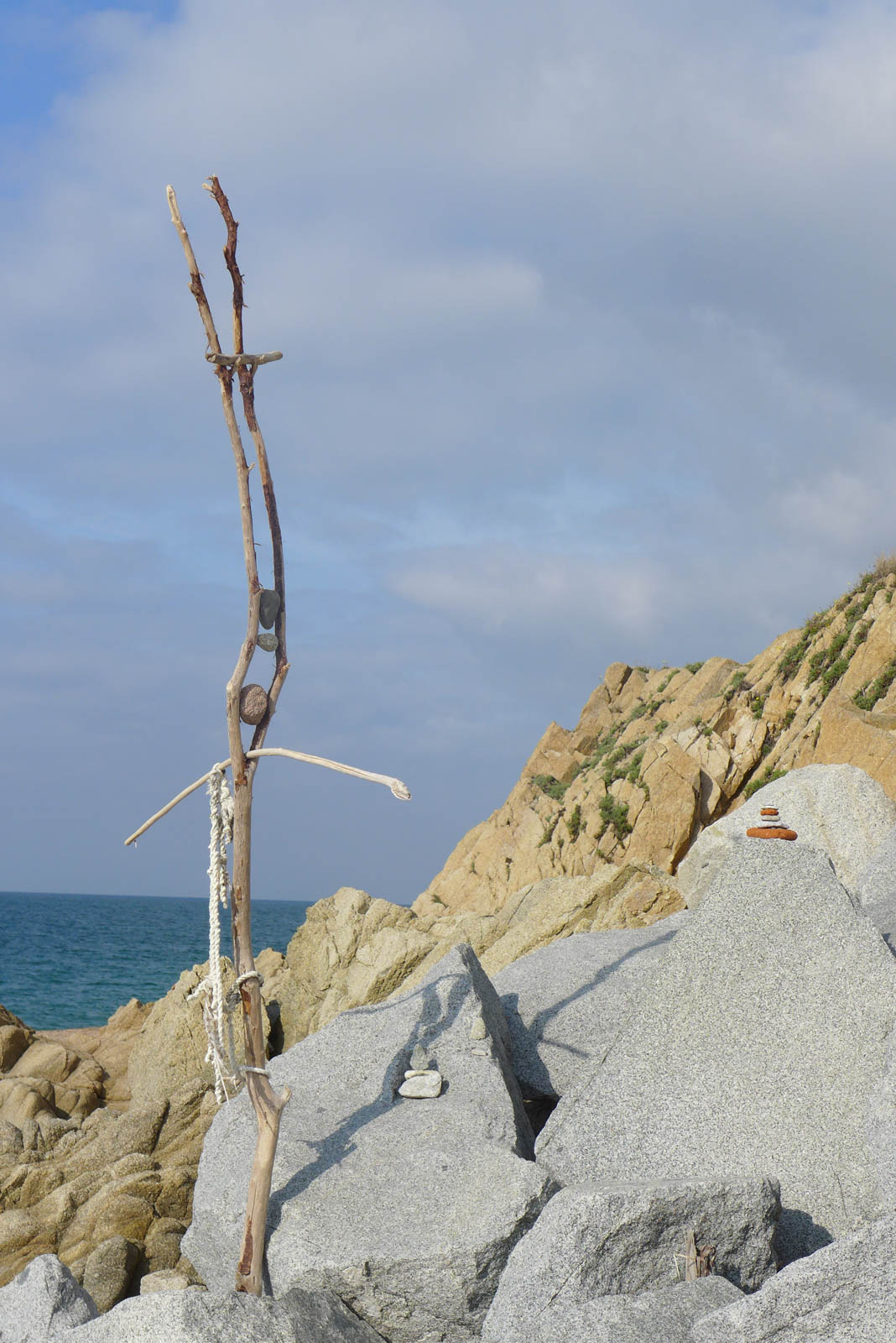Abstract
There exists in the vocabulary of most art historians and critics, and connoisseurs a usage of the words “image” and “imagery” in reference to a phenomenological range of forms in painting.
The terms seem reserved by tacit assumption for a special use. That is, we tend to reject the generic definition of image as pertaining to all facsimiles or mirror reflections of shapes and forms. Instead we single out certain of these imitations that tacitly are assumed to be most deserving of the label. In this respect, Webster’s first and preferred definition would not so much be applicable as the archaic version, i.e. “an illusory appearance; an apparition.”
Even the Greek word for image, eikon (hence icon), hints at a specialised mystical root and probably suggests the ancient awe and superstition regarding any representation. The enigma of representation, though apparently only in reference to certain representative forms, usually spiritual or religious, is seen again in the Roman imagines—household images of dead relatives. Visions, called by the Greeks fantasias, and in which images of remote things are represented as present, were considered by at least one early critic of painting and sculpture (Quintilian)—this despite the predominant Hellenistic view that art is pure mimesis. The mystical connotations of early Christian and Byzantine religious icons are understandably reflected in this genesis.
Long after primitive, magical views of two and three dimensional representation have dissipated, art images in the iconographic, symbolic sense persist in reference to certain limited, selective forms.
Curiously enough, the term infrequently occurs in histories that deal with art between roughly the fourteenth and nineteenth centuries. By contrast, the word is far commoner in descriptions of art forms that predate the Italian Renaissance. Thus, Byzantine artists create images, or icons if you will (Fig. 1), and so do most primitive artists. African Negro sculpture is very definitely conceived in this manner.
The development of the Romantic and Expressionistic movements bring with them a remarkable increase in imagery. Although the assumed ontology of images is vague and ill-defined, clearly some painters have universally been identified as imagists: William Blake, Albert Ryder (Fig. 2), and Odilon Redon for example; properly or improperly a host of artists associated with the Surrealist movement; many North European Expressionist painters such as Munch, Kirchner, and Nolde.
In poetry we are familiar with the Imagists Rimbaud, Verlaine, Mallarmé, Baudelaire. Imagery in this latter case seems identified with or stands as a synonym for symbolism. Whether symbol or image, the poetic definition is akin to the prevalent archaic usage in painting—a form expressing the ineffable, the spiritual or evanescent flavor of life forms which neither depict or disclaim, but subtly suggest.
